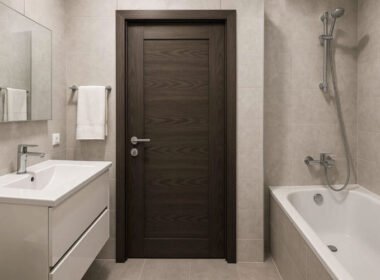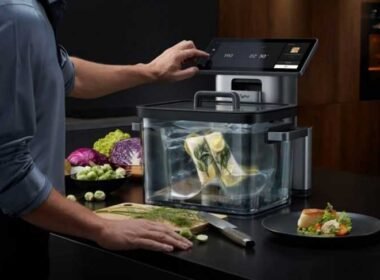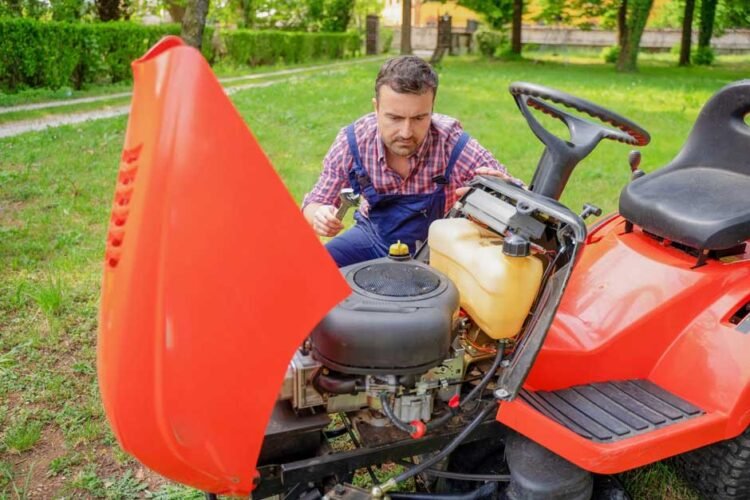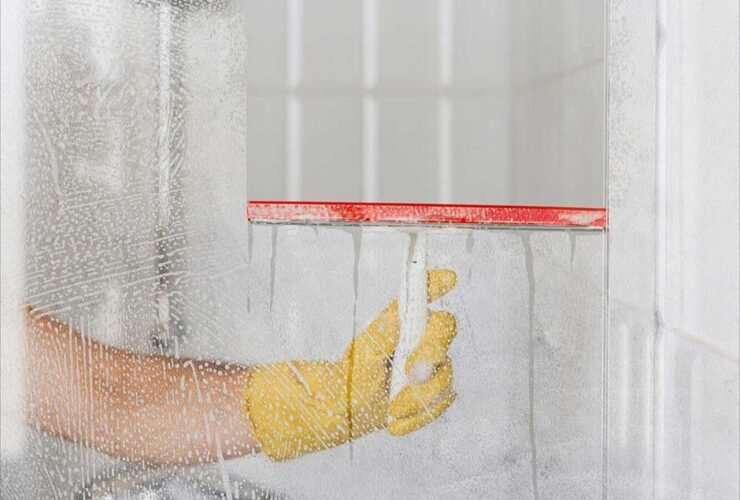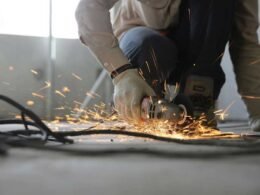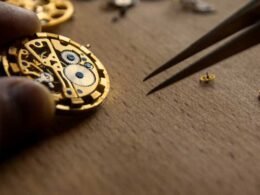There’s something undeniably satisfying about cruising across your lawn on a ride-on mower. It’s like being the captain of your own grassy ship, until that ship starts making weird noises, leaking fluids, or just flat-out refuses to start.
we’ll admit it, we used to treat my ride-on like a giant toy. Fill it with gas, turn the key, and hope for the best. Then one day, it left us stranded in the middle of the yard like a broken-down tractor. That’s when we learned: these machines aren’t just big lawnmowers. They’re complex beasts with parts that need attention, and if you ignore them, they will get revenge.
So let’s talk about what really keeps a ride-on mower running, not just the basic ride on mower parts, but the stuff that actually matters when things go wrong.
The Engine: Bigger Isn’t Always Better
A ride-on engine is its heart, but horsepower isn’t the only thing that matters.
- Single vs. Twin Cylinder – Single cylinders are simpler and cheaper, but they vibrate more. Twin cylinders run smoother and last longer under heavy use. If your mower shakes like an old washing machine, it’s probably a single.
- Oil Changes Matter More Than You Think – These engines work hard, especially on hills. Skip an oil change, and you’re begging for sludge buildup and early death.
- Air Filter Location – Some mowers hide the air filter in stupid places (looking at you, models that require removing six bolts just to check it). If yours clogs, the engine runs hot and drinks gas like it’s free.
Pro Tip: If your engine surges (revs up and down on its own), the carburetor is probably gunked up from old gas. Clean it before you burn out the governor.
The Deck: Where the Magic (and Problems) Happen
The mower deck is where grass meets blade, and it’s also where most people ignore maintenance until it’s too late.
- Spindle Bearings – These let the blades spin smoothly. If they start growling or grinding, replace them immediately, before they seize and take the belt with them.
- Deck Belt Tension – Too loose, and the belt slips (which smells like burning rubber). Too tight, and you’re straining the pulleys. The right tension should have about ½ inch of play.
- Rust Traps – Grass clippings + moisture = deck rust. Pressure wash the underside after each use, or you’ll be patching holes with sheet metal in a few years.
Weird Trick: Some old-timers spray cooking oil under the deck to keep grass from sticking. It works, but it’s messy.
The Transmission: Hydrostatic vs. Gear Drive
This is where ride-ons get complicated, and expensive.
- Hydrostatic Transmissions – Smooth, easy to use, and great for hills. But when they fail, it’s often a $500+ fix. If yours starts whining or losing power, check the fluid before it dies completely.
- Gear Drive – Tough as nails, but shifting feels like wrestling a tractor from the 1950s. If gears grind, the linkage probably needs adjustment.
Warning Sign: If your hydrostatic mower hesitates before moving, the fluid might be low or dirty. Ignoring it will kill the pump.
The Steering System: Not All Turns Are Created Equal
Ever fought with a ride-on that just wouldn’t turn smoothly? Blame the steering setup.
- Rack-and-Pinion – Precise and easy to turn, but wear out faster if you’re always yanking the wheel.
- Kingpin Steering – Bulletproof but feels clunky. If it gets loose, tighten the adjustment bolts before the whole front end wobbles.
Life Hack: If your steering feels stiff, grease the front axle fittings. Most people forget they exist.
The Battery: Why It Dies at the Worst Time
Ride-on batteries have a sixth sense for failing right when you need to mow before a party.
- Maintenance-Free vs. Refillable – Maintenance-free batteries are easier but die suddenly. Refillable ones last longer if you keep the water levels right.
- Parasitic Drain – Some mowers slowly drain the battery even when off. If yours dies after sitting a week, install a disconnect switch.
Pro Tip: A battery tender ($20) keeps it charged all winter. Cheaper than a new battery every spring.
The Safety Switches: Annoying but Lifesaving
Yes, those switches that prevent starting unless you’re in the seat or the blade is off are frustrating, but they exist because people lost toes figuring out why they’re needed.
- Seat Switch – If your mower dies when you stand up, this is why. Bypassing it is a terrible idea.
- Blade Engagement Switch – Won’t let you start with the blades on. If it fails, the mower might not crank at all.
Real Talk: If a safety switch acts up, fix it, don’t just rig it to stay on.
Conclusion
A ride-on mower isn’t a disposable tool, it’s a small tractor. And like a car, it needs regular checkups:
- Change the oil and filter every season.
- Grease the fittings (yes, even the ones that are hard to reach).
- Keep the deck clean and blades sharp.
- Store it with fresh gas or an empty tank.
Do this, and your mower will last decades. Ignore it, and you’ll be pushing a dead machine off the lawn in frustration. Now go enjoy that smooth ride, you’ve earned it.

